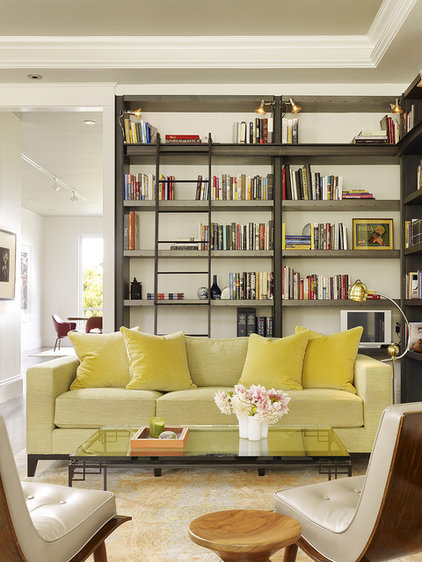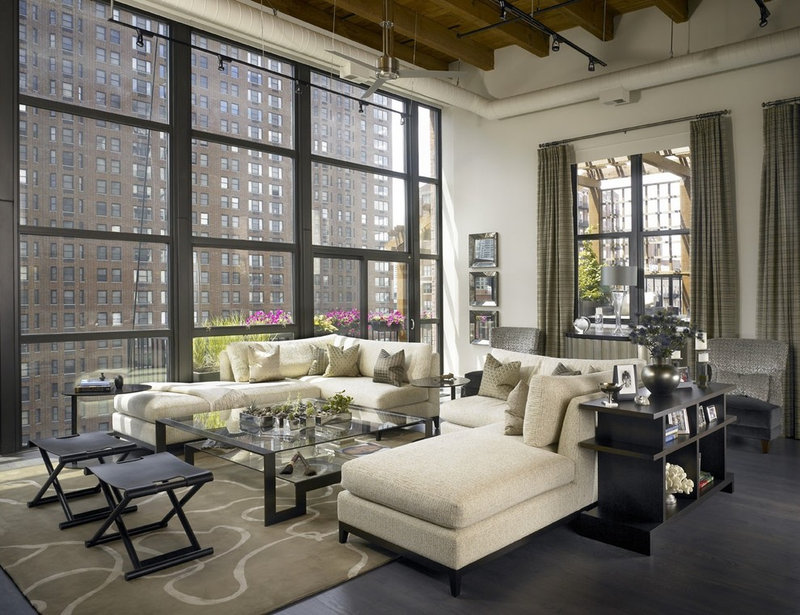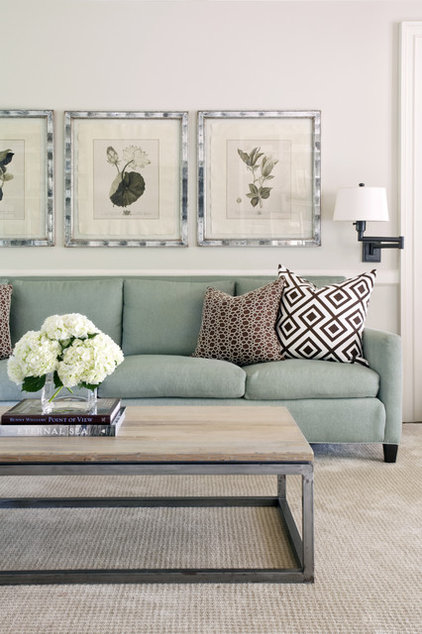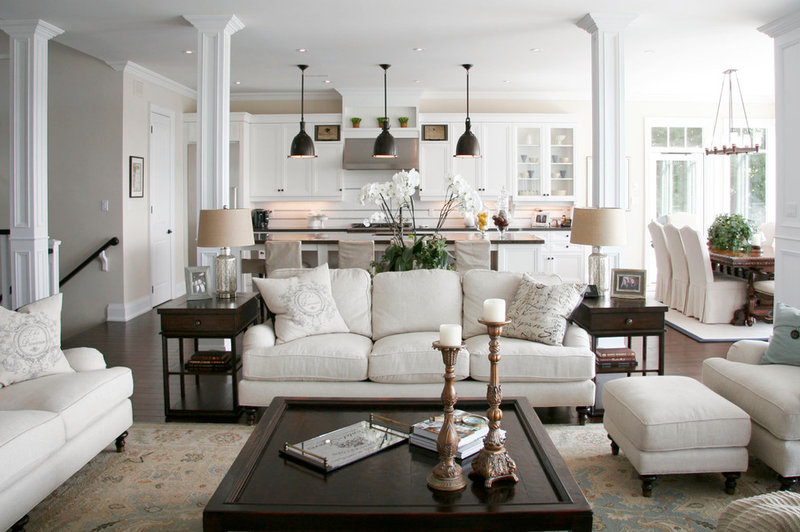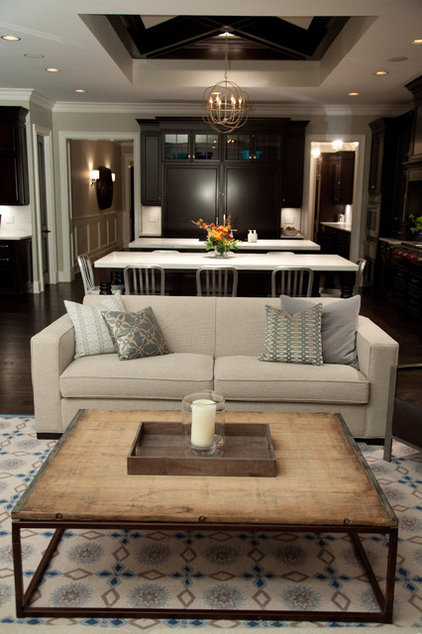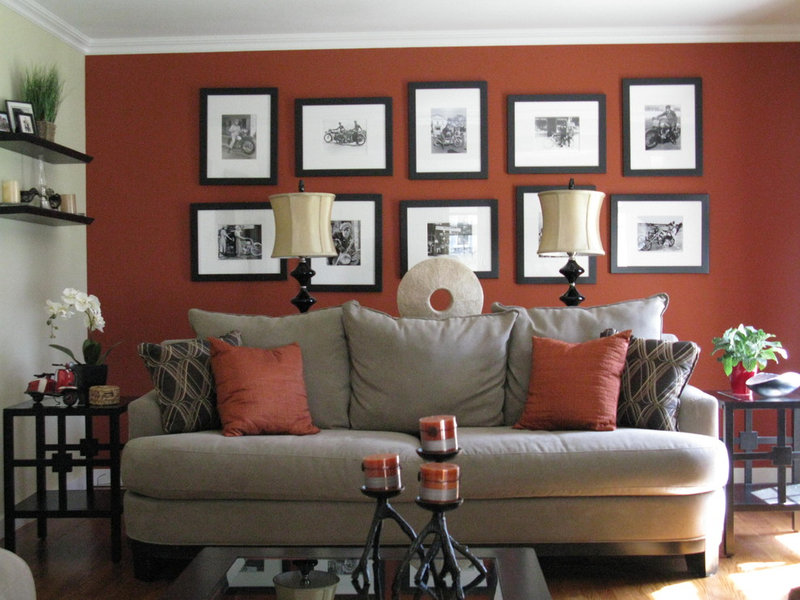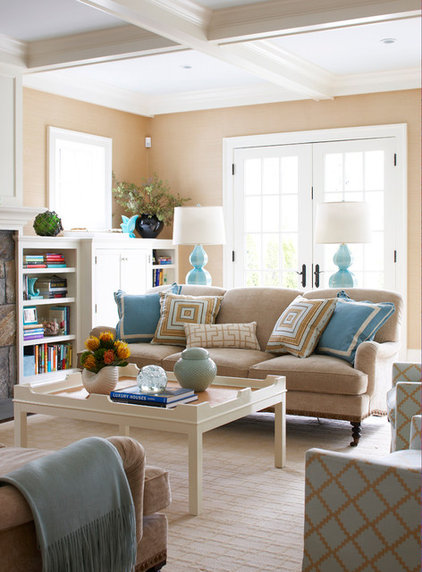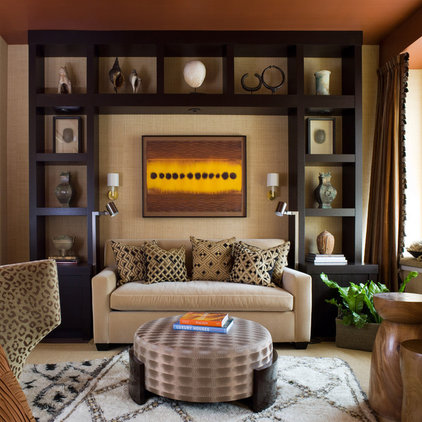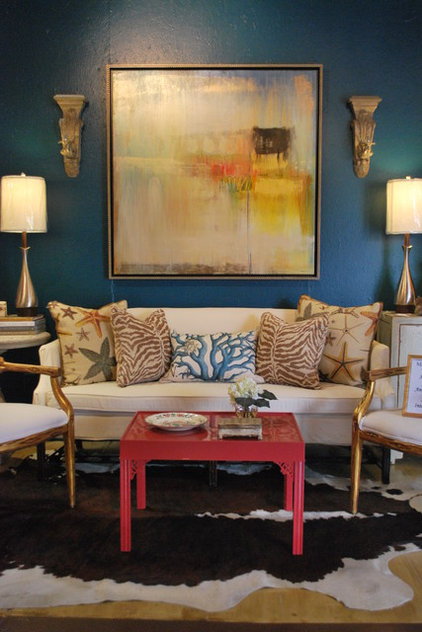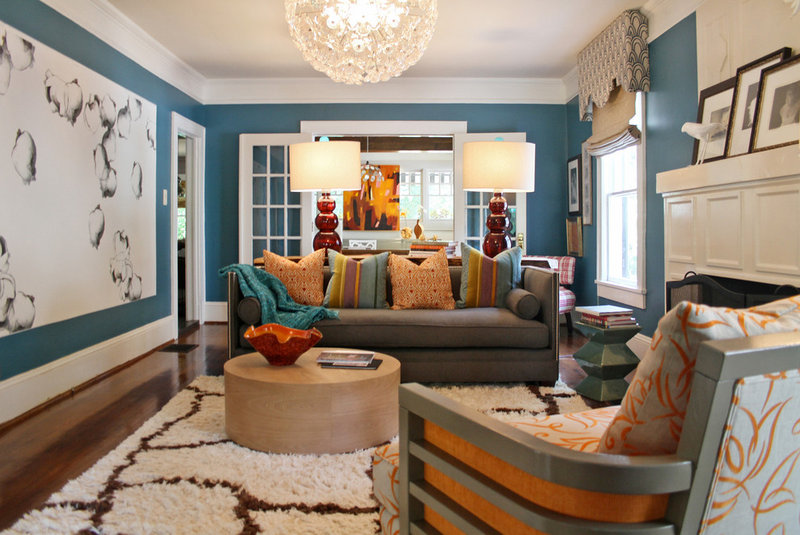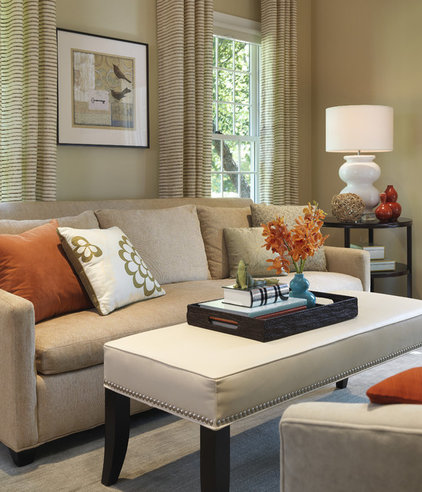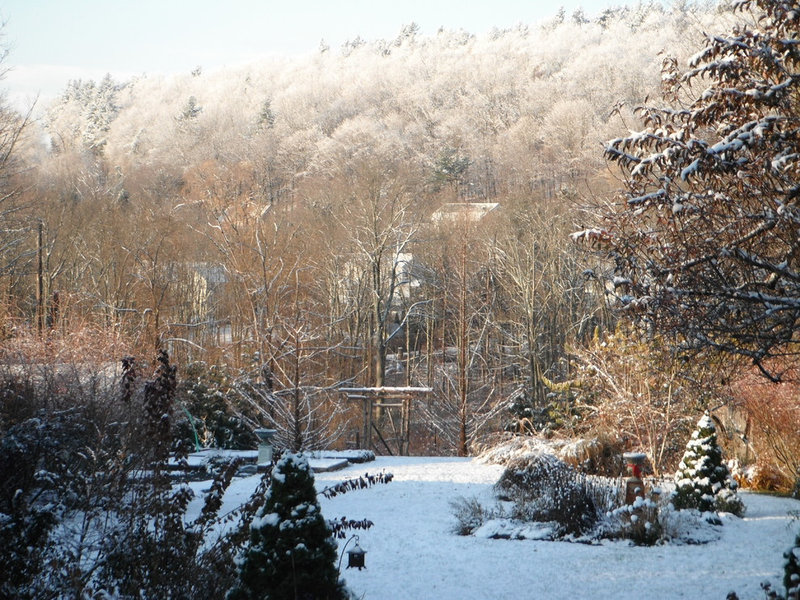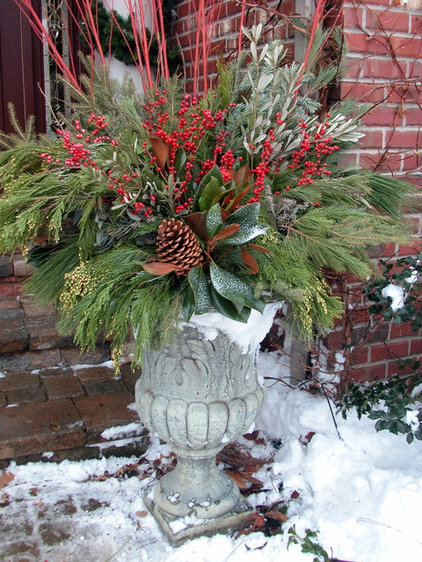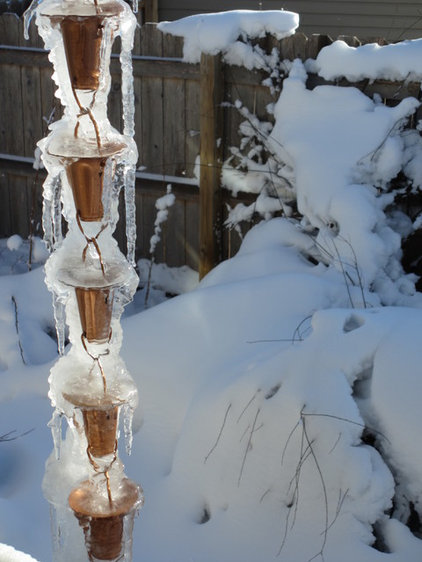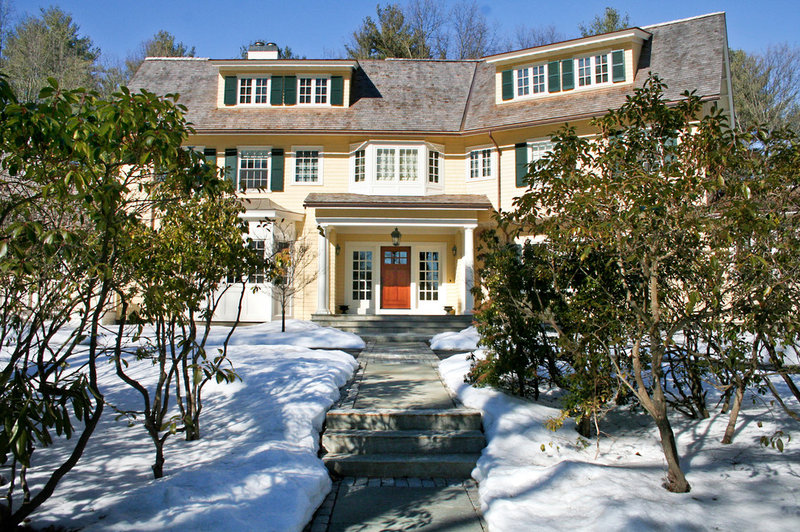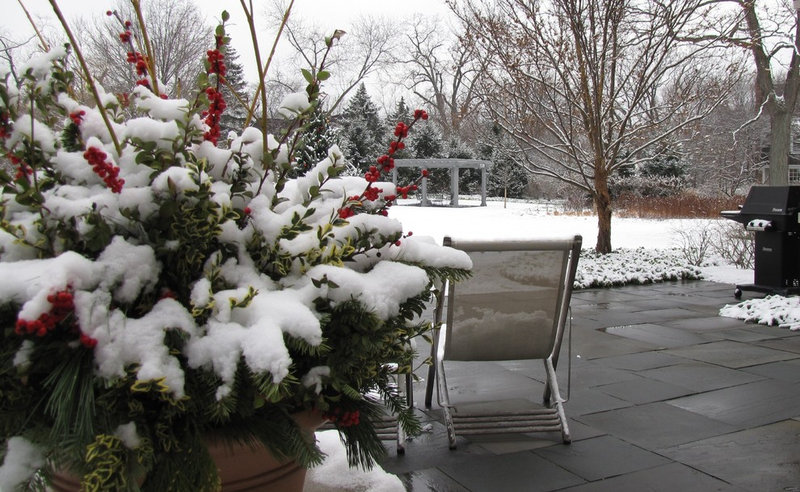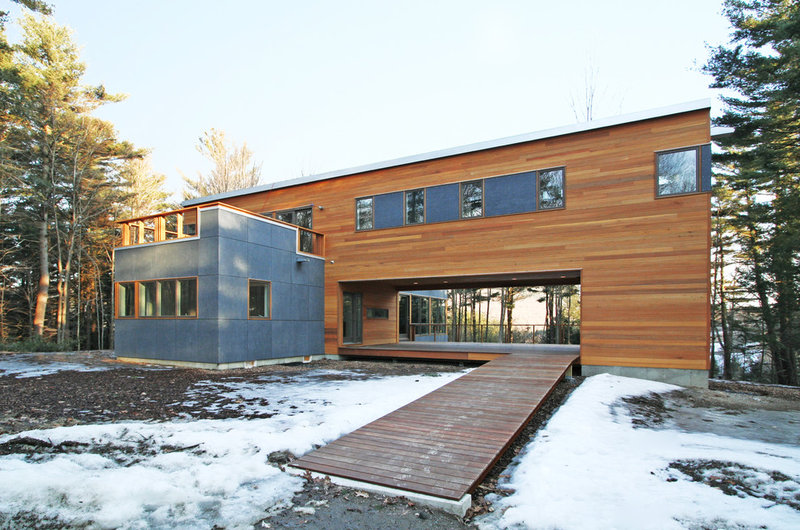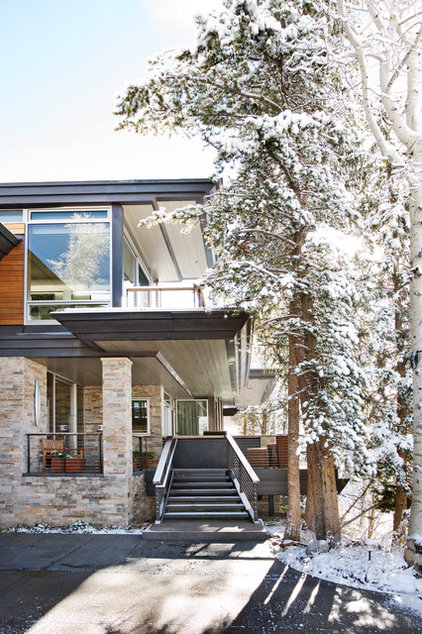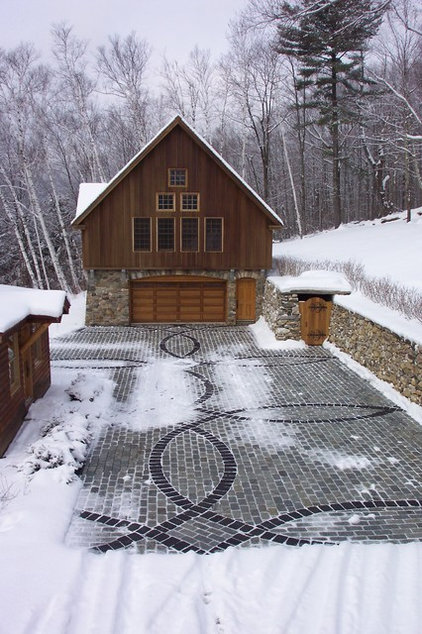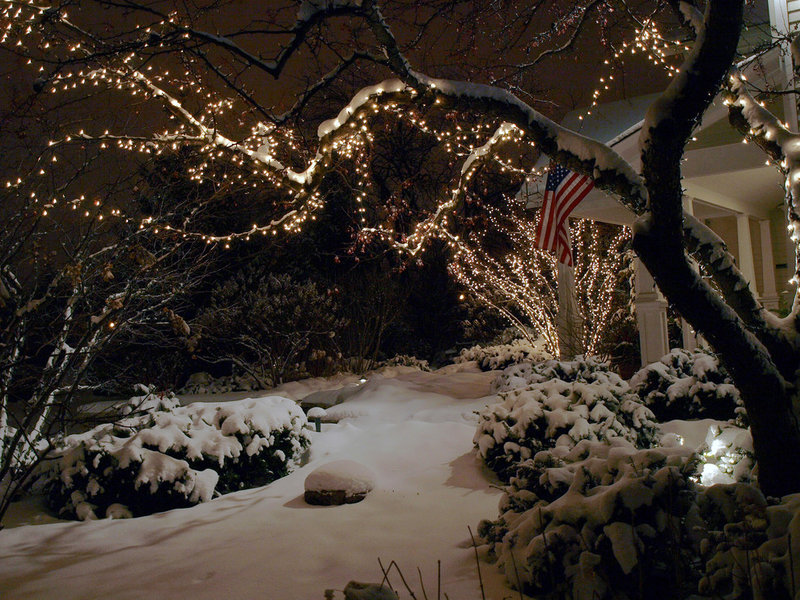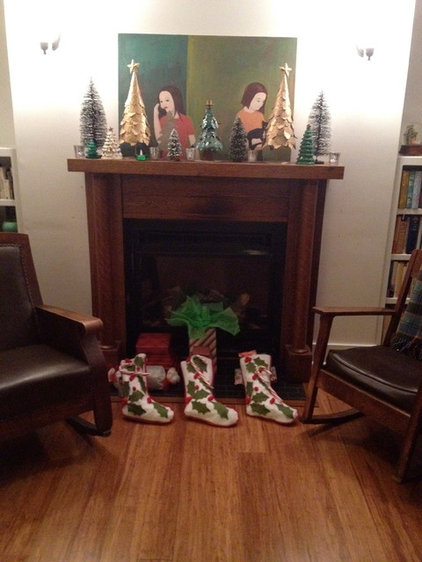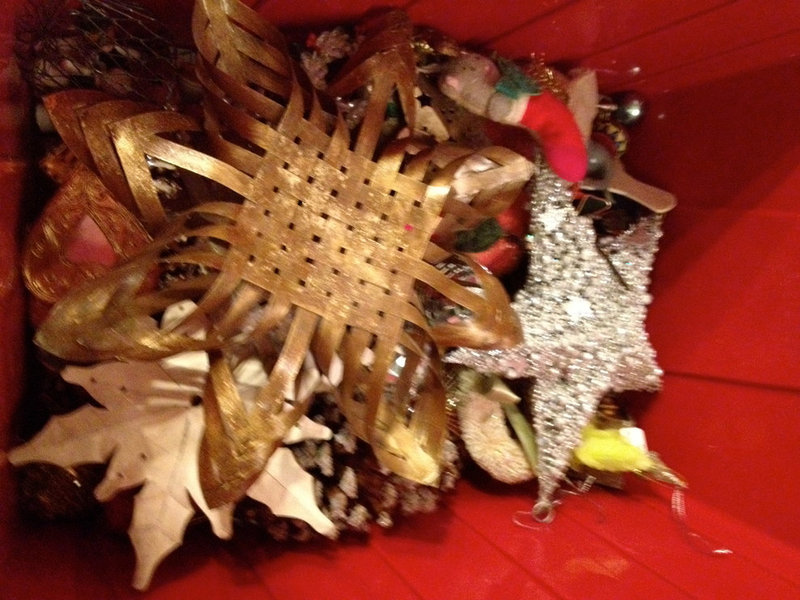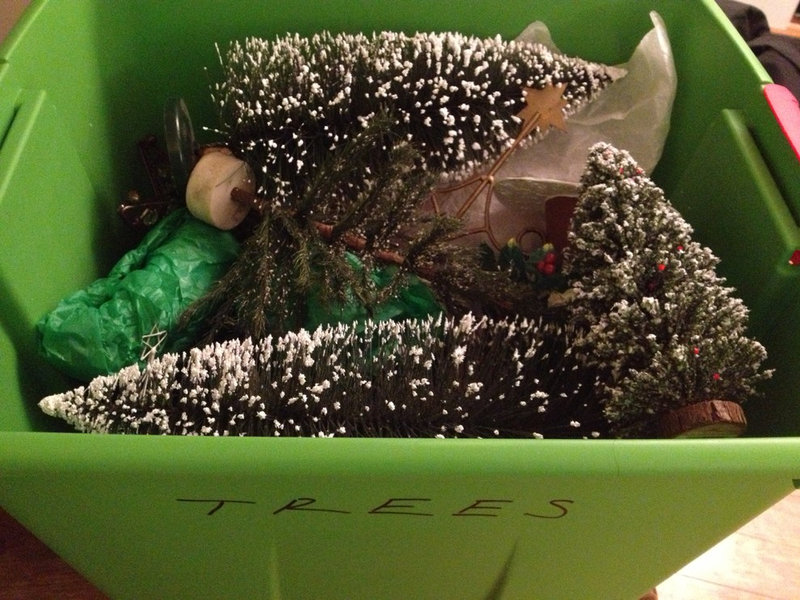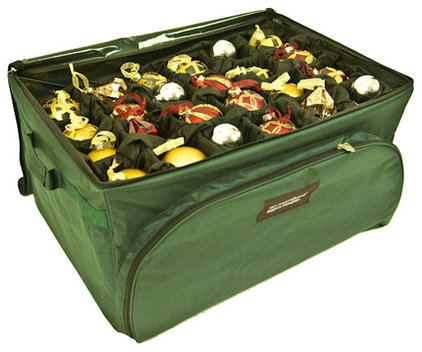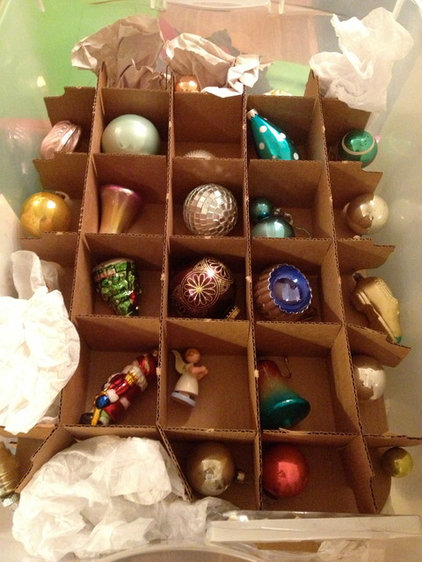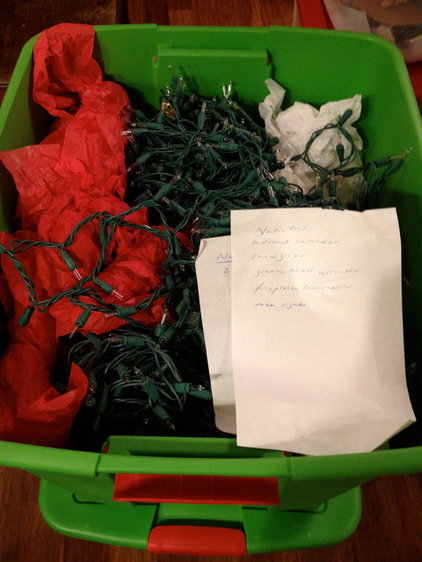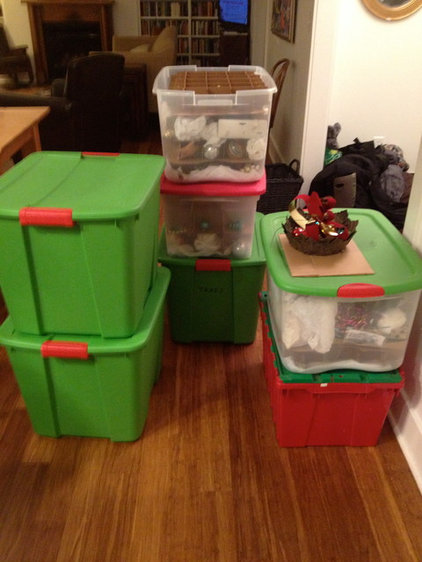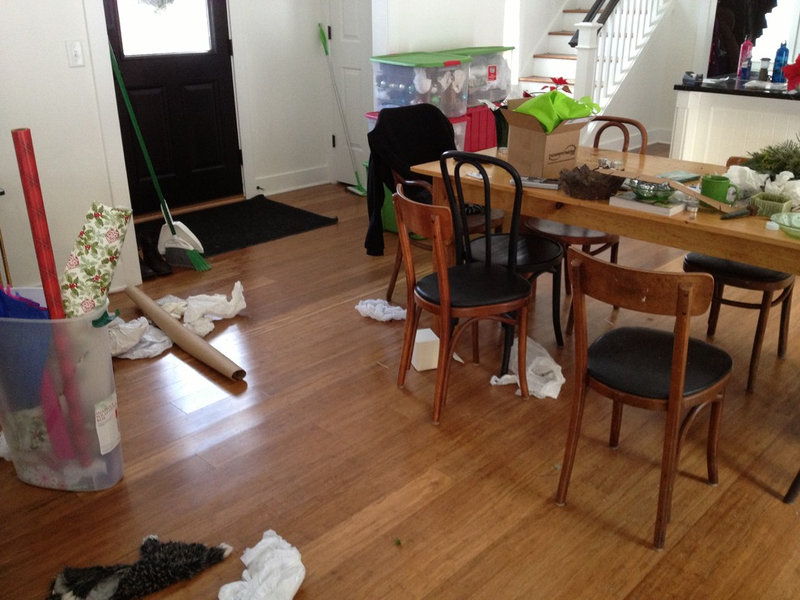To avoid fading, keep your furniture out of direct sunlight and unless you have blinds you can close during the day, avoid placing it directly under windows.
Avoid wood stress from extreme temperature changes by arranging your furniture away from radiators, heat and air vents, and air conditioning units. Excessive moisture in the air will swell wood furniture, if it is too dry it can cause the wood to crack.
Use cloth/felt pads to protect your furniture from flowerpots, vases, hot dishes, etc as some items contain ingredients that can damage the finish.
Periodically rotate accessories on your furniture so they don't always sit on the same spot. The colour of wood will change over time by exposure to light and if items are not moved, their outline will become very visible in the finish.
And always use a protective pad when writing on a wood surface.
By following these simple tips, you will enjoy your furniture for a lifetime!
There are many misconceptions about how to maintain your solid wood furniture and this is not helped by some of the advertising for household cleaning products. Here's a few tips to keep your furniture looking good.
Dust frequently with a clean, dry, lint-free cloth. Clean the surface by rubbing in the direction of the grain.
Polish HIGH SHEEN FINISHES every six months, using a clean, soft, lint-free cloth. Always rub in the direction of the grain.
DO NOT polish LOW SHEEN FINISHES (flat or satin). Wash these finishes with a mild liquid hand soap mixed with water - a spray bottle is helpful. Use a soft cotton or flannel cloth to thoroughly dry the surface immediately, always wiping in the direction of the grain.
Of the three types of furniture care products, we recommend only POLISHES.
Polishes contain detergents, emulsifiers and mineral oil. Detergents clean dirt from furniture, emulsifiers give it body to clean and last longer, mineral oil is left behind as a barrier to dirt and moisture.
We strongly suggest you AVOID silicone cleaners and waxes.
Silicone seeps into even the highest-quality finishes, creating a barrier that repels stain and lacquer. This makes it virtually impossible to re-finish or touch-up furniture, or maintain consistency in the finish shine.
The regular use of waxes may result in a build-up of wax film, which can actually attract dirt, smoke and other pollutants in the air, resulting in smudges and streaks. Many waxes also contain grit which can permanently damage furniture surfaces if used improperly.









